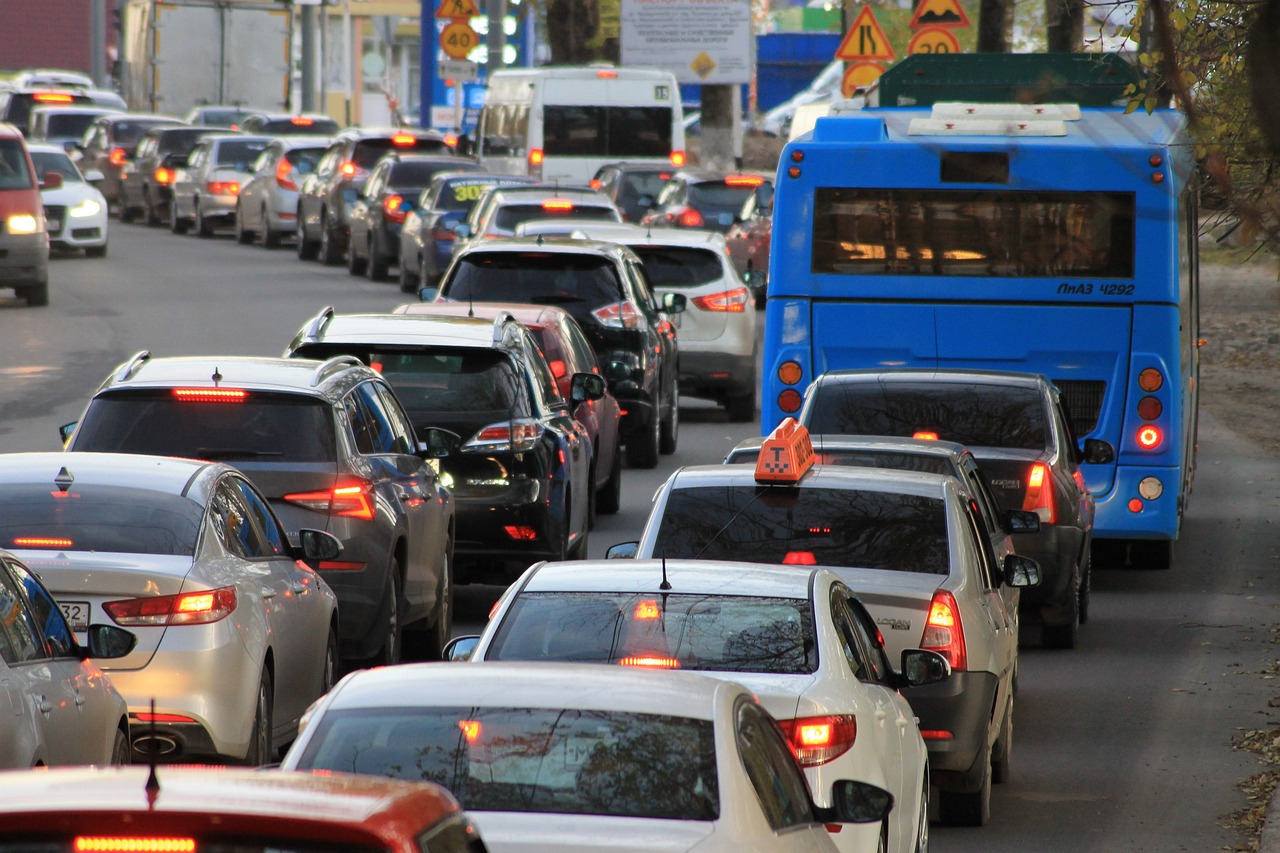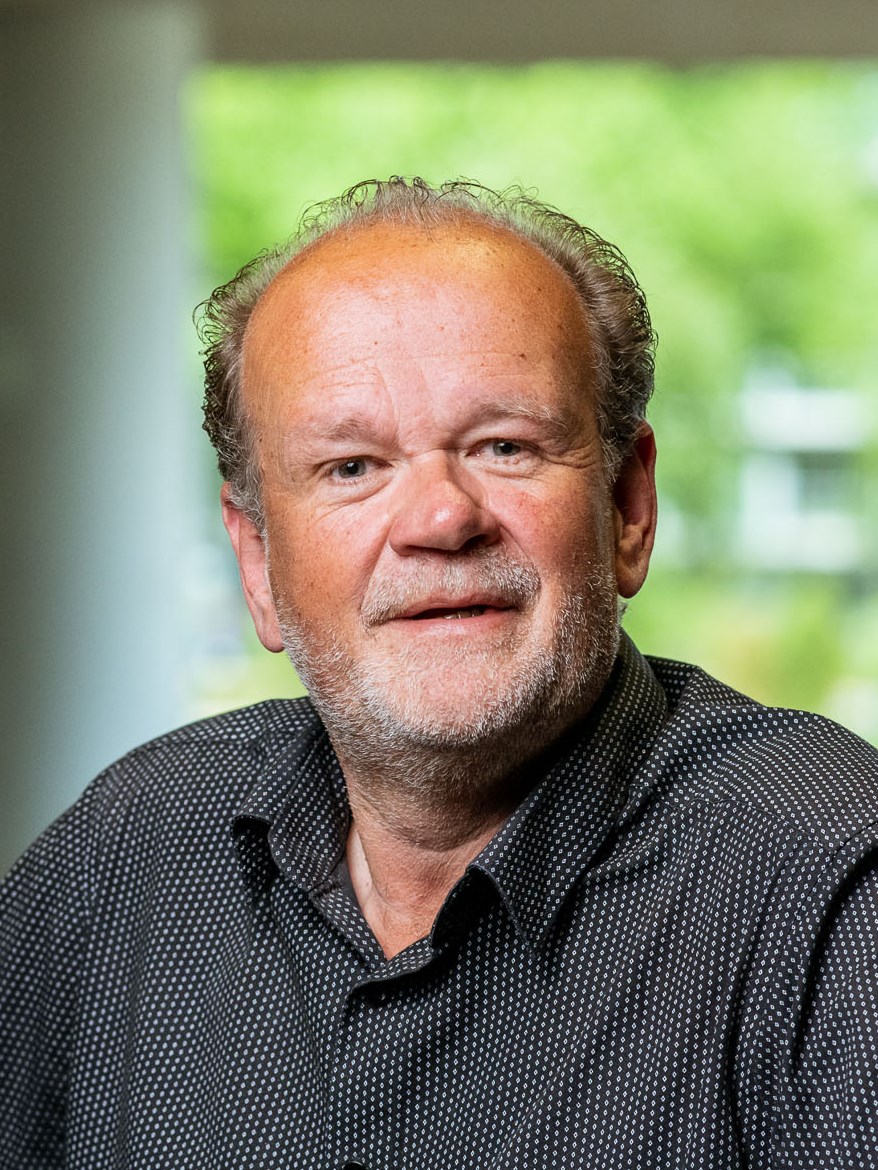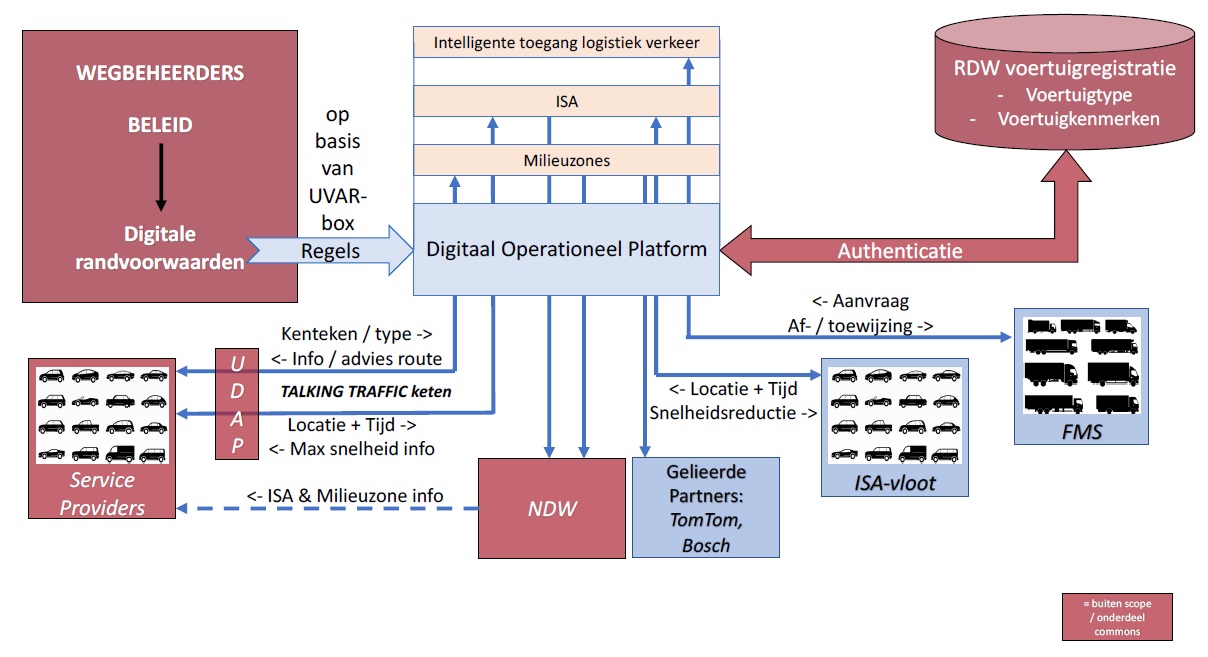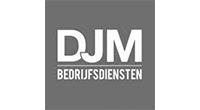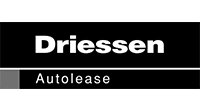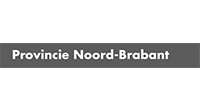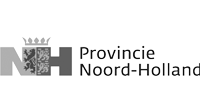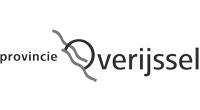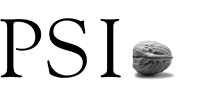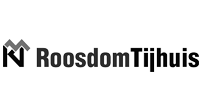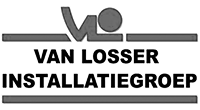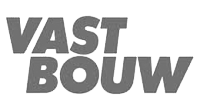Goal of SMARTZONE BUFFER
The city of the future will have to take action and no longer allow road safety, quality of life and climate to be compromised. Smart traffic management will have to start at the “gateway” to the city. Traffic should not be directed past schools or areas with high emissions. Lorries without reservations for loading and unloading or insufficient opportunity for safe driving/manoeuvring in zones must be banned.
SMARTZONE BUFFER creates this function and supports the development of a smart, safe and liveable city. Space in cities is limited. Liveability and road safety are coming under increasing pressure. The impending densification of city centres and a growing need for new housing will continue to put pressure on cities and their residents in the future. A growing portfolio of products can help urban and regional authorities to manage liveability and road safety.
Project approach
SMARTZONE BUFFER is a data platform that provides information about the use of roads and parking spaces. In addition, information from the system can be used to adjust municipal policy. This creates a continuous flow of information that can lead to adjustments in traffic flows in the city.
SMARTZONE BUFFER uses open standards (European and/or developed within Talking Traffic) for both internal and external interfaces. Where these are not yet available, they will be developed within the ecosystem with other platform and service providers.
SMARTZONE BUFFER offers users a cafeteria model whereby one or more services can be purchased, including any new services that may be added.
SMARTZONE BUFFER can provide insight into the impact of digital services based on predefined KPIs. This will also enable continuous evaluation and analysis of the functioning of SMARTZONE BUFFER, which forms the basis for further optimisation, improvement and development of new services.
We are initially building SMARTZONE BUFFER at Future Mobility Park, a controlled testing and learning environment in Rotterdam. This gives us the opportunity to first see how the solution will work in practice. We can extensively test the application on a small scale with a peer group before rolling it out on a large scale in the city.
Contact V-tron:
Expected results:
The answer for cities: “Take control of the organisation of
outdoor space”.
SMARTZONE BUFFER does this by setting up a BUFFER from the edge of the city, as if it were a Digital City Gate.
SMARTZONE BUFFER provides a data-driven public-private intelligent ecosystem. This ecosystem establishes clear agreements and rules for users to access cities, thereby limiting the negative impact of increasing demands. Rules also apply to desired behaviour in cities, not just to gain access! Within the G40, more attention should also be paid to this in the suburbs by bringing them along (joining forces). After all, much mobility starts in the suburbs and ends in the city.
An integrated approach is therefore needed.
SMARTZONE BUFFER provides a comprehensive solution that is future-proof for the leaders within the G40.
SMARTZONE is starting with a number of leading local authorities that have indicated their willingness to contribute to the further development of these services, with a view to subsequently scaling up to national coverage.
figure: Architecture in broad terms
Challenges
However, digital management of space in the city is not enough. This cannot be viewed separately from the associated energy issue. At present, warehouses are appearing in the landscape for the storage, transhipment and transport of goods. This “urbanisation” provides storage and transhipment space for parties for their own goods. Logistics companies have their own warehouses for transhipment and temporary storage.
Tightening regulations on emissions in city centres requires zero-emission or electric transport for the last mile to the final destination. The energy demand of electric transport associated with this is roughly four times the original energy demand of a hall or warehouse. With the current congestion on the electricity grid, this energy demand cannot be met by the existing grid. Local storage and generation are therefore necessary. However, the capacity for this is insufficient if the logistics concepts are not adapted accordingly.
SMARTZONE BUFFER therefore not only buffers vehicles at the edges of the city, but also directs the number of transport movements into the city. The buffer zones (hereinafter referred to as BUFFER) will be equipped with multifunctional facilities and can be combined with mobility hubs, for example.
BUFFER can play a role in the energy transition, circular transition, strengthening biodiversity, etc. At logical locations on the urban periphery, BUFFER facilitates the exchange of goods and energy flows, combined with a workshop where employees reprocess reusable elements in planned transport routes to city centres.
Project partners:
National Growth Fund financed by the Department for Infrastructure and the Environment based on a proposal
Data-driven Mobility and Smart City Ecosystem (DEMS) / Dutch Metropolitan Innovations (DMI)

